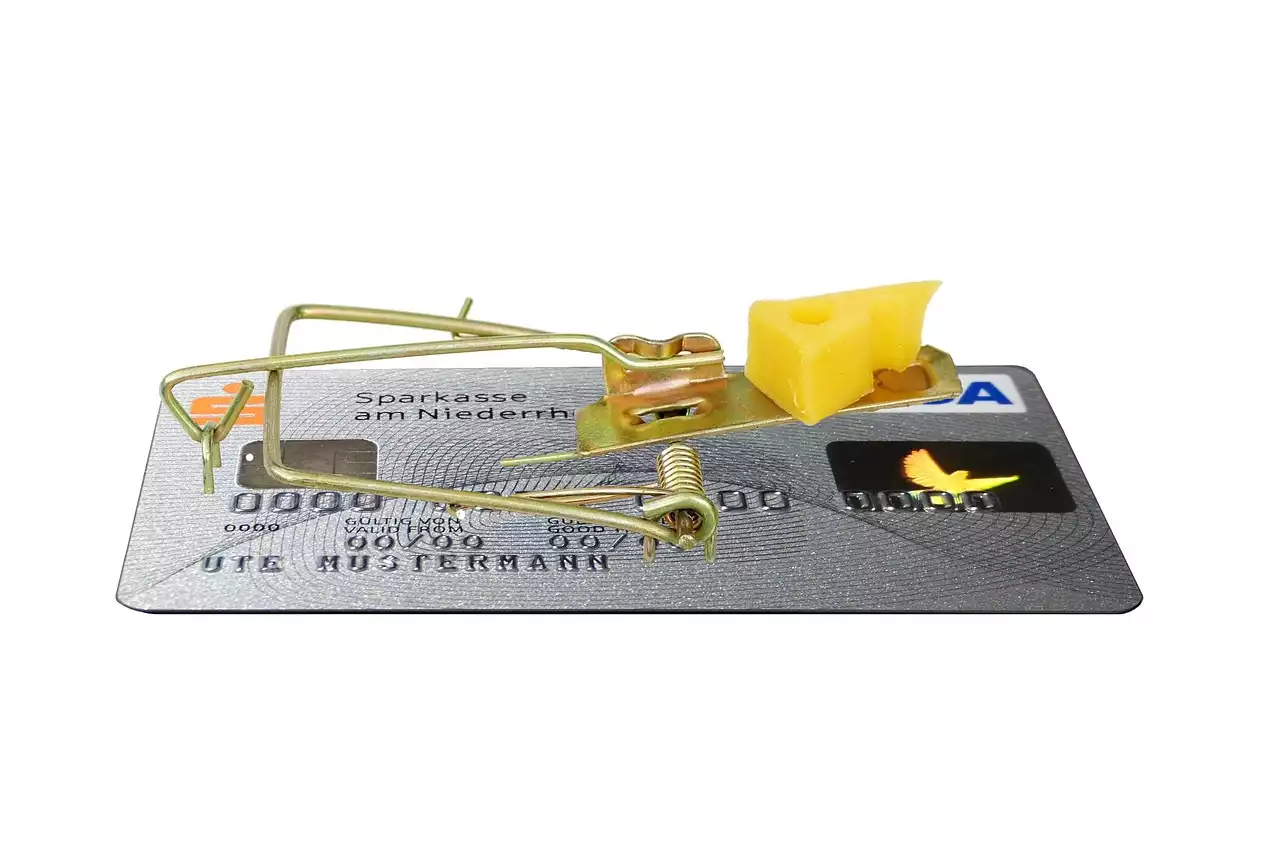A variable-rate loan is one in which the interest rate may increase or decrease depending on a benchmark, index, or another variable. Variable-rate loans can be helpful for consumers looking for a loan that has a lower initial rate and payments that are easier to manage. However, there are some risks involved with this type of loan. If interest rates rise, the borrower will see an increase in their monthly payment amount and the total cost of the loan over its term. This is because when interest rates go up, lenders charge more on their loans. On the other hand, if interest rates dip, the borrower will see a decrease in their monthly payment amount. Variable-rate loans are usually mortgage loans secured by real estate as collateral. A variable-rate mortgage is similar to a fixed-rate mortgage but with one key difference: The rate at which you pay back your loan changes along with market conditions.
Variable-Rate Loans: Pros and Cons
The biggest advantage of a variable-rate loan is that its initial rate is usually lower than that of a fixed-rate loan. This can make it easier to qualify for a loan and may result in lower monthly payments. Because the interest rate on a variable-rate loan may fluctuate, you can end up paying less in interest if rates increase than if you had a fixed-rate loan. A variable-rate loan generally has a lower minimum credit score requirement than a fixed-rate loan. That’s because banks and other lenders take into account the risk that rising interest rates could lead to increased payments and an inability to repay the loan.
Key Differences Between Variable and Fixed Loans
- Variable rate: Variable-rate loans change their interest rate as the market does. When interest rates are low, variable-rate loans usually have a lower interest rate. When interest rates are high, variable-rate loans usually have a higher interest rate.
- Fixed-rate: Fixed-rate loans have the same interest rate for the duration of the loan. This makes them a good fit for long-term borrowings, such as for a mortgage.
- Payment length: While fixed-rate loans have the same payment amount for the entire loan term, variable-rate loans may have shorter terms. That’s because the loan payment amount is based on the interest rate at the time the loan is issued.
- Forecasted change: Fixed-rate loans have interest rates that are locked in, so you know what you’ll be paying. Variable-rate loans have interest rates that fluctuate based on market conditions, and you may not know what you’ll be paying until the loan is issued.
Drawbacks of a Variable-Rate Loan
- Increased interest rates: One of the main concerns with a variable-rate loan is that if interest rates rise, the borrower will see an increase in their monthly payment amount and total cost of the loan over its term. This is because when interest rates go up, lenders charge more on their loans.
- Lack of predictability: When interest rates are low, it can be hard to predict how much a variable-rate loan will increase. When rates are high, it can be difficult to predict how much a variable-rate loan will decrease.
- Credit-score impact: Another concern with a variable-rate loan is that if rates continue to increase, and you can’t afford to pay more, your credit score will take a hit.
- Loan amount: The final drawback of a variable-rate loan is that the amount of money you can borrow is generally lower than with a fixed-rate loan. That’s because lenders take into account the potential for higher interest rates and fluctuating payment amounts when determining the loan amount.
Should you get a variable or fixed loan?
A big part of deciding between a fixed- or variable-rate loan is your comfort with the risk of taking out a variable-rate loan. If you’re not prepared to deal with the uncertainty of rising interest rates and fluctuating payment amounts, a fixed-rate loan would be a better option. If you have a shorter time horizon and expect interest rates to stay low, a fixed-rate loan may be a better fit. You may also want to choose a fixed-rate loan if you need to use a specific amount of money for a certain purpose. That’s because a fixed-rate loan will help you better plan for your future expenses.
Conclusion
Variable-rate loans can be helpful for consumers looking for a lower initial rate and lower monthly payments. However, there are some risks involved with this type of loan. When interest rates go up, the borrower will see an increase in their monthly payment amount and the total cost of the loan over its term. Although a variable-rate loan has a lower initial rate than a fixed-rate loan, you’ll likely end up paying more over the life of the loan if interest rates go up. A fixed-rate loan has a set interest rate that remains the same throughout the term of the loan, making it easier to predict your future expenses and budget accordingly.


 Hong Kong's Hang Seng Index
Hong Kong's Hang Seng Index Try Trading in Metal Commodities
Try Trading in Metal Commodities Investing in Preferred Stock is Very Popular
Investing in Preferred Stock is Very Popular What are Secured personal loans?
What are Secured personal loans? Debt consolidation loans are Very Common
Debt consolidation loans are Very Common Buy now, Pay Later Loans
Buy now, Pay Later Loans An Insight into what is a Mortgage
An Insight into what is a Mortgage